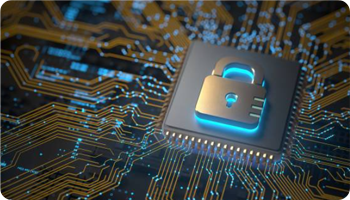Cybersecurity Operations Infrastructure (CSOI), is a disruptive cybersecurity solution that enhances network security using cryptographic Identity-Networking, aligning to multiple Zero Trust Architecture principles. This approach overcomes inherent cyber vulnerabilities of traditional IP-networking as well as the legacy overhead associated with rules management, access control, and more.
CSOI Solution Briefs
Cybersecurity Operations Infrastructure
CSOI enables you to instantly create secure networks even in a crippled environment—without changing your existing physical network.
CSOI VS. SD-WAN Solutions
Cybersecurity Operations Infrastructure (CSOI) and traditional SD-WAN’s provide secure optimized networking while approaching the problem from different angles with distinct features and architectures.
CSOI vs VPN Solutions
Cybersecurity Operations Infrastructure (CSOI) and traditional VPN solutions both secure network communications, but each do so in different ways with distinct features and benefits.
Energy Systems Security
Cybersecurity Operations Infrastructure addresses network security and secure access without requiring an upgrade to your existing network.
Surveillance Systems Security
Cybersecurity Operations Infrastructure addresses network security and secure access without requiring an upgrade to your existing network.
Utility District Security
Cybersecurity Operations Infrastructure addresses network security and secure access without requiring an upgrade to your existing network.
Executive Order 14028
Moves the Federal government to secure cloud services, zero-trust architecture, and mandates deployment of multifactor authentication and encryption within a specific time-period.
NIST SP 800-207A
A Zero Trust Architecture Model for Access Control in Cloud-Native Applications in Multi-Cloud Environments












